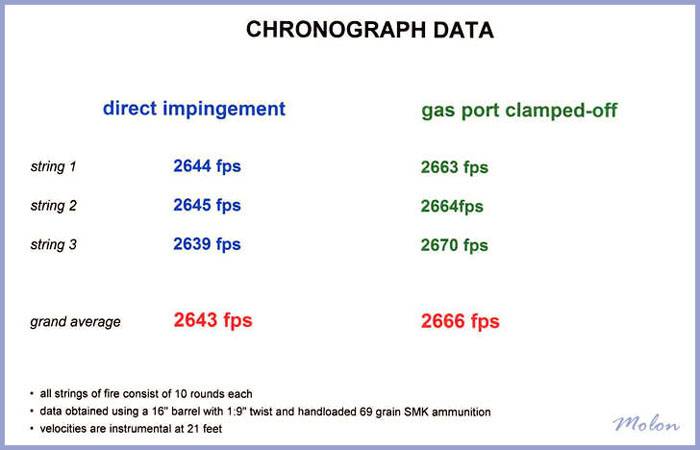-- Thought about posting this to the reloading forum, but it is specific to gas guns, and could be applied to precision testing factory ammo as well --
I have a 6mm creed AR10 that I'm going to start developing a load for.
To minimize some of the accuracy killing factors inherent to gas guns, I'm thinking about turning the adjustable gas block completely off during load development, thereby effectively turning it into a straight-pull bolt action. I shoot suppressed, so the added benefit is it keeps the action a lot cleaner while I do it.
Here's my question: Will the groups I shoot in that gas-off configuration tell me anything about how it will potentially shoot with the gas on?
In my mind, if I find a good velocity "node", and it groups well with the gas off, it should shoot nearly as well with the gas on, and any loss of precision would be the shooter.
I already understand that over-pressure signs occur earlier with the gas on, so I'll need to be careful there, but will velocity or harmonics be different enough to matter?
I have a 6mm creed AR10 that I'm going to start developing a load for.
To minimize some of the accuracy killing factors inherent to gas guns, I'm thinking about turning the adjustable gas block completely off during load development, thereby effectively turning it into a straight-pull bolt action. I shoot suppressed, so the added benefit is it keeps the action a lot cleaner while I do it.
Here's my question: Will the groups I shoot in that gas-off configuration tell me anything about how it will potentially shoot with the gas on?
In my mind, if I find a good velocity "node", and it groups well with the gas off, it should shoot nearly as well with the gas on, and any loss of precision would be the shooter.
I already understand that over-pressure signs occur earlier with the gas on, so I'll need to be careful there, but will velocity or harmonics be different enough to matter?


